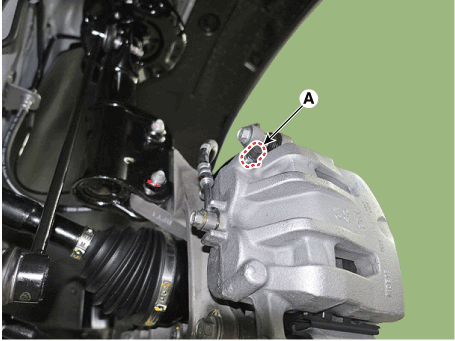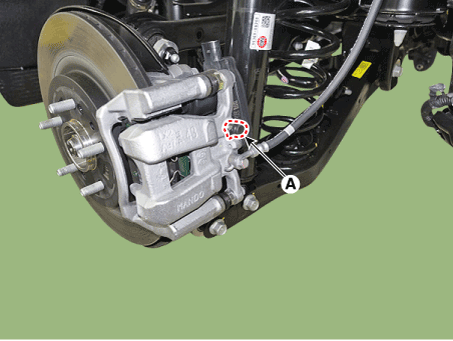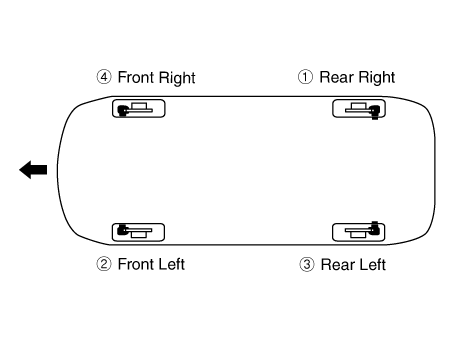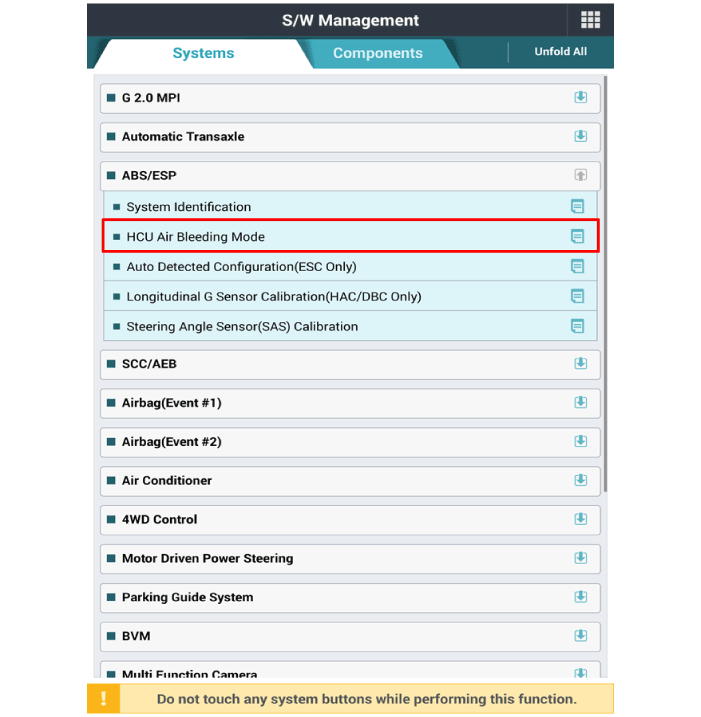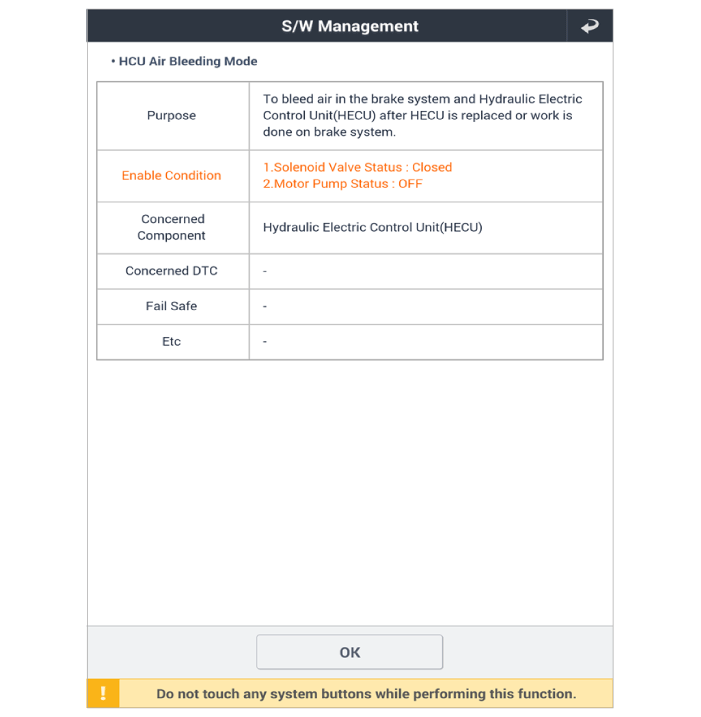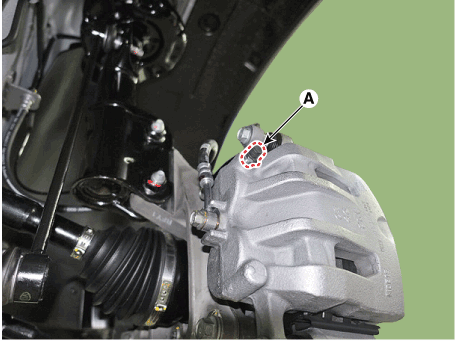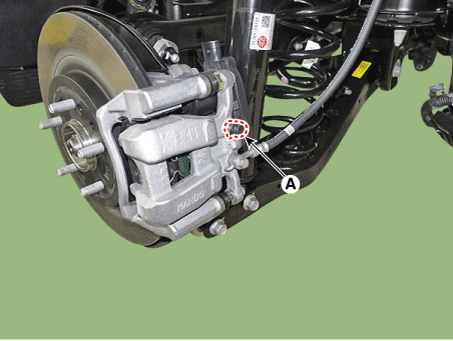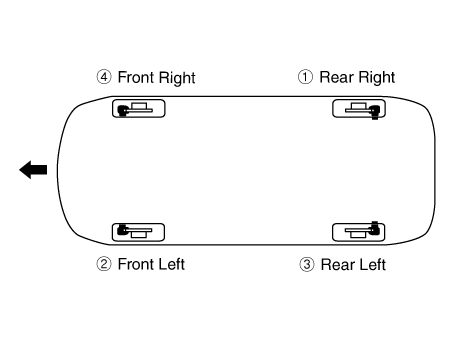Hyundai Palisade: Brake System / Brake bleeding procedures
Hyundai Palisade (LX2) 2020-2025 Service Manual / Brake System / Brake bleeding procedures
| Brake System Bleeding |
Nomal Brake System
|
| 1. |
Make sure the brake fluid in the reservoir is at the MAX (upper) level
line.
|
| 2. |
Have someone slowly pump the brake pedal several times, and then apply
pressure.
|
| 3. |
Loosen the right-rear brake bleed screw (A) to allow air to escape from
the system. Then tighten the bleed screw securely.
[Front]
[Rear]
|
| 4. |
Repeat the procedure for wheel in the sequence shown below until air
bubbles no longer appear in the fluid.
|
| 5. |
Follow the sequence as shown below.
|
| 6. |
Refill the master cylinder reservoir to MAX (upper) level line.
|
ESC Bleeding of Brake System
|
This procedure should be followed to ensure adequate bleeding of air and filling
of the ESC unit, brake lines and master cylinder with brake fluid.
| 1. |
Remove the reservoir cap and fill the brake reservoir with brake fluid.
|
| 2. |
Connect a clear plastic tube to the wheel cylinder bleeder plug and
insert the other end of the tube into a half filled clear plastic bottle.
|
| 3. |
Connect the GDS to the data link connector located underneath the dash
panel.
|
| 4. |
Select and operate according to the instructions on the GDS screen.
|
| 5. |
Have someone slowly pump the brake pedal several times, and then apply
pressure.
|
| 6. |
Pump the brake pedal several times, and then loosen the bleeder screw
until fluid starts to run out without bubbles. Then close the bleeder
screw (A).
[Front]
[Rear]
|
| 7. |
Repeat the procedure for wheel in the sequence shown below until air
bubbles no longer appear in the fluid.
|
| 8. |
Refill the master cylinder reservoir to MAX (upper) level line.
|
 Troubleshooting
Troubleshooting
Troubleshooting
Problem Symptoms Table
Use the table below to help you find the cause of the problem. The numbers indicate
the priority of the like cause of the problem...
 Brake System
Brake System
..
Other information:
Hyundai Palisade (LX2) 2020-2025 Service Manual: Specifications
..
Hyundai Palisade (LX2) 2020-2025 Owner's Manual: Good driving practices
Never shift the gear from P (Park) or N (Neutral) to any other position with the accelerator pedal depressed. Never shift the gear into P (Park) when the vehicle is in motion. Be sure the vehicle is completely stopped before you attempt to shift into R (Reverse) or D (Drive)...
Categories
- Manuals Home
- 1st Generation Palisade Owners Manual
- 1st Generation Palisade Service Manual
- Wireless Cellular Phone Charging System
- Fuse/Relay Panel Description
- AC Inverter
- New on site
- Most important about car
Do Not Install a Child Restraint in the Front Passenger's Seat
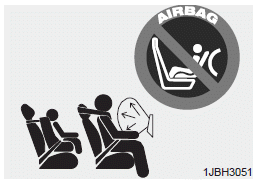
Even though your vehicle is equipped with the OCS, never install a child restraint in the front passenger's seat. An inflating air bag can forcefully strike a child or child restraint resulting in serious or fatal injury.
Copyright © 2025 www.hpalisadelx.com


